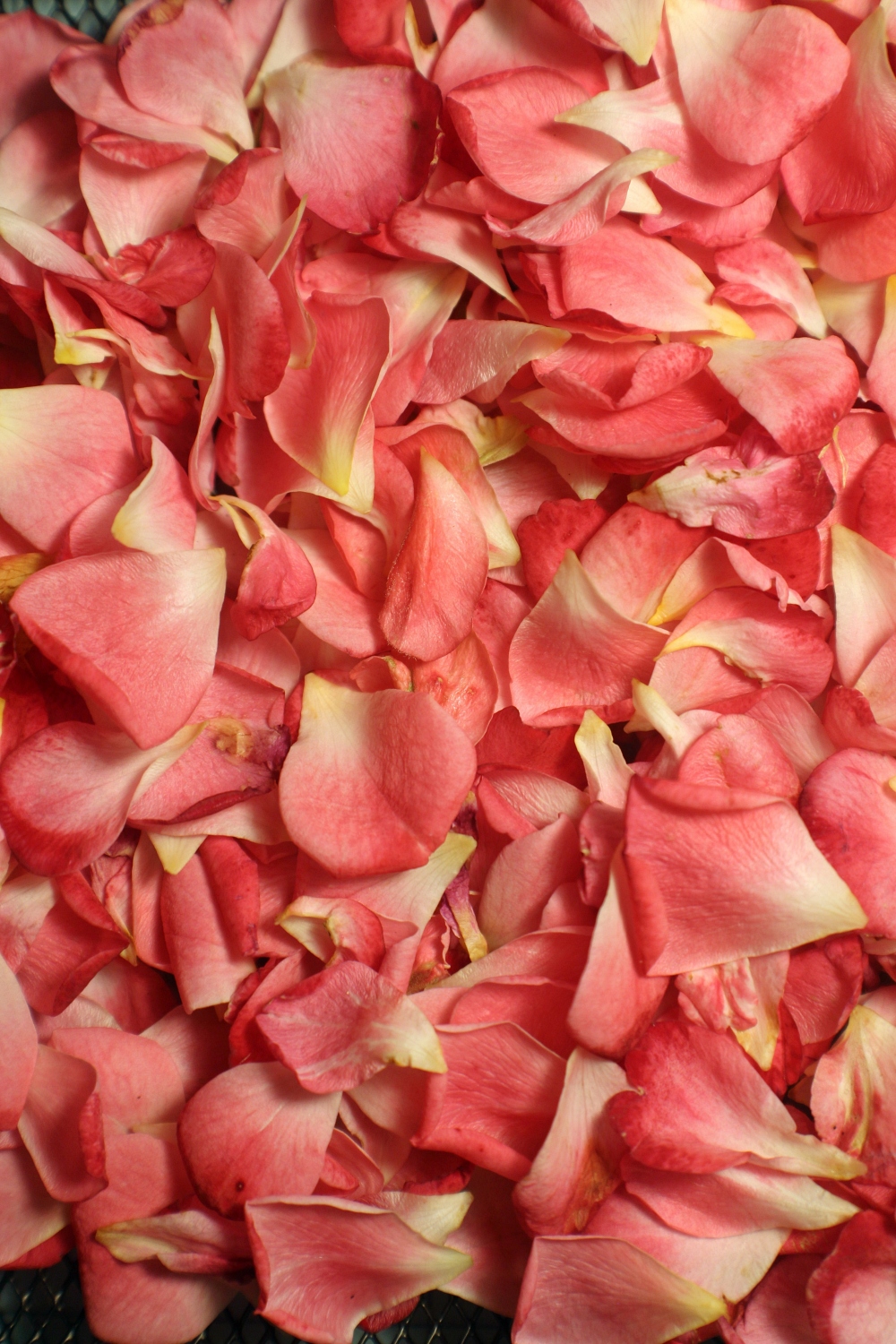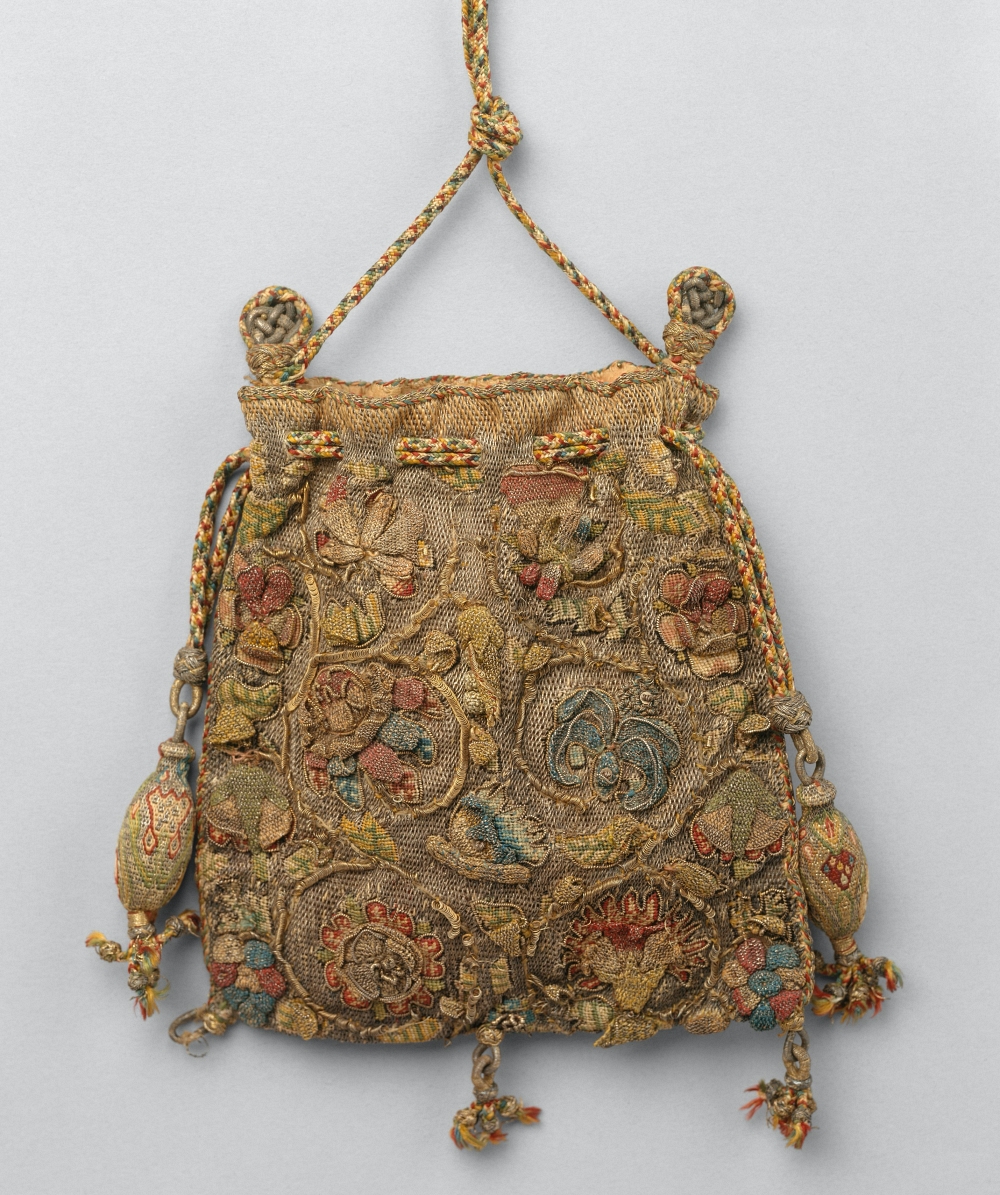Walk into any department store today and rows and rows of makeup and perfume counters will greet you, each with a plethora of scents to offer. The global perfume industry in 2018 was worth around $31.4B and is expected to continue to grow by more than 5% over the next few years. Luxury brands bank on name recognition, but rise in the sheer number of brands and scents has made competition fierce. While today many people enjoy smelling good, in the old days smelling good was considered a health concern, not a cosmetic routine.

By smelling good things it was believed that diseases could be avoided. It was common knowledge in the Middle Ages into the Victorian era that bad smells were what made people ill. Instead of bathing more often, banning sewage from major waterways, or improving living conditions, many people went for a much simpler route to staying healthy. Not only did smelling something sweet or good supposedly banish the infectius smells, astringent, aromatic, and mentholated herbs eased chest congestion from colds.
Sweet bags (or sachets) were worn around people’s necks and were filled with all manner of strongly scented herbs, oils, powders, and spices. Recipes for what to put in sweet bags ranged from simple ones like lemon balm and mint leaves to more complicated ones that used the same scents of popular colognes.

One sachet recipe from 1892 for a “jockey club” sachet called for iris root, rose leaves, ground rosewood, lavender, geranium oil, cinnamon, bergamot, cloves, and musk. President John F. Kennedy was a fan of the Jockey Club cologne from Caswell-Massey (launched in 1840) which contained many of these ingredients as well.
Common components of sweet bags in the American colonies included more herbs that could be grown at home combined with spices that dried well and could be safely shipped from abroad. Mints, rosemary, verbena, cloves, nutmeg, and various flowers were popular ingredients for sweet bags (sometimes spelled as “swete bags”).

Early American settlers would have carried these mixtures in small, plain cloth bags tied with a string and then a longer string would be tired around their necks. Back in England in the Elizabethan era opulent sweet bags were created to be works of art, embroidered with silk threads in pleasing patterns that recalled the plants held inside. Embroidered sweet bags were often given as gifts and many survive today solely because of their beauty.
Extremely elaborate bags were adorned with beads or sequins to make them even more luxurious for the wearer.

Colonists, however, had fewer materials to work with and so often used plain cloth. Cotton cheesecloth and linen were two types of cloth that made good sweet bags and many sachets today are still made from these materials. While perfumes and scented waters had been in use since the 1300s, they were complex to make and very expensive to buy. By using a sweet bag instead one could get a similar effect from any herbs or dried flowers they could find or grow.
Today’s perfumes are easy-to-use and inexpensive, although not so easily made at home as the sweet bags of yore. But, this old fashioned way of scenting oneself was the norm for centuries before perfumes became affordable and germ theory convinced the world that bad smells, while unpleasant, were not the cause of diseases.
SKM: below-content placeholderWhizzco for DOT

